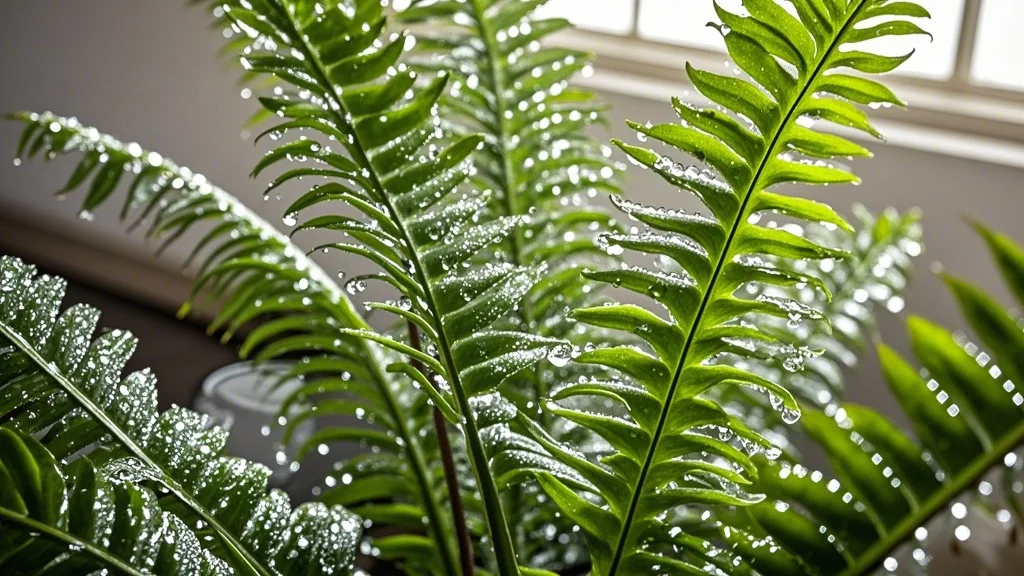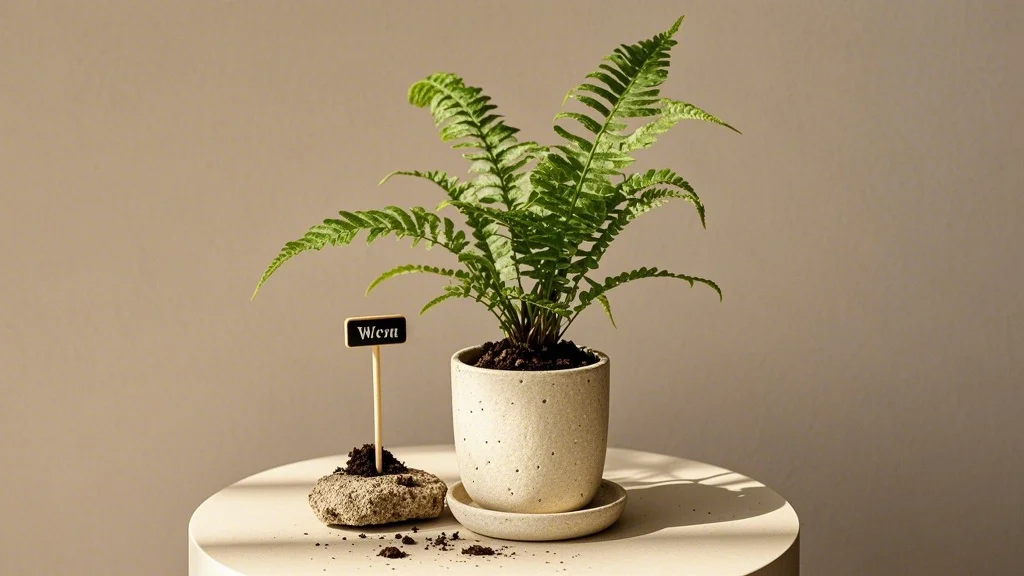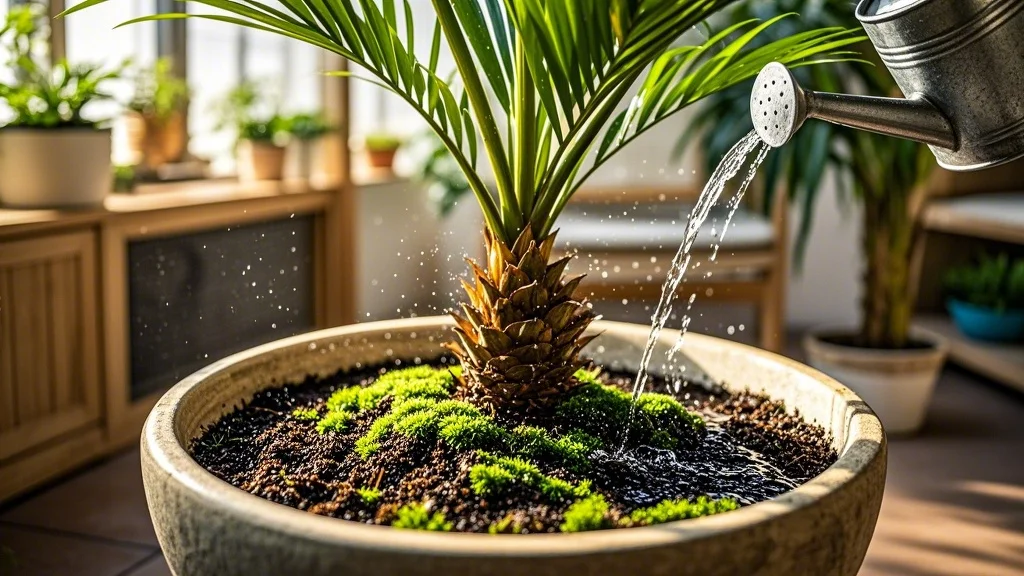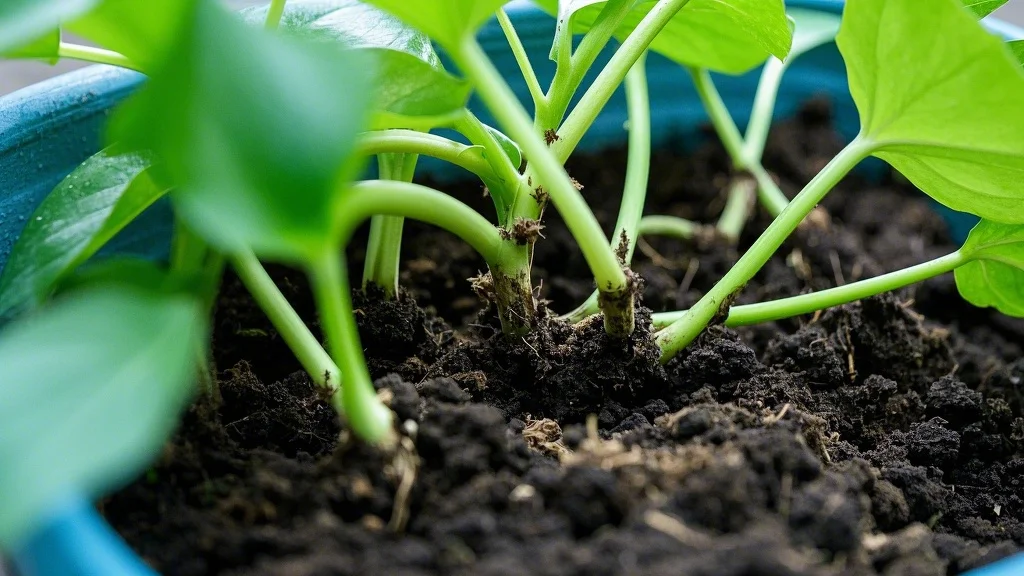In the quest for cleaner indoor air and a touch of natural beauty, the Boston fern (Nephrolepis exaltata) stands out as a remarkable choice. This lush, feathery plant not only adds a vibrant green accent to any room but also serves as a natural air purifier and humidifier. For health-conscious individuals and those living in dry environments, the Boston fern offers a perfect blend of aesthetic appeal and air-cleaning prowess.
Contents
- 1 The Air-Purifying Power of Boston Ferns
- 2 Humidity Heroes: Boston Ferns as Natural Humidifiers
- 3 Caring for Your Boston Fern: Maximizing Air Purification
- 4 Maximizing Air Purification with Boston Ferns
- 5 Common Issues and Troubleshooting
- 6 Boston Ferns vs. Other Air-Purifying Plants
- 7 Conclusion: Embracing the Boston Fern for Cleaner, Healthier Air
The Air-Purifying Power of Boston Ferns
Removing Toxins from the Air
Boston ferns are renowned for their ability to filter out harmful pollutants from indoor air. NASA’s Clean Air Study identified this plant as one of the most effective air-purifying houseplants. Here’s how Boston ferns tackle common indoor air pollutants:
-
Formaldehyde: Found in many household products, formaldehyde can cause respiratory irritation and other health issues. Boston ferns excel at absorbing this chemical.
-
Xylene: Present in paints and varnishes, xylene can be effectively removed by Boston ferns.
-
Benzene: This carcinogenic compound, often found in plastics and synthetic fibers, is another toxin that Boston ferns can filter out.
-
Trichloroethylene: Commonly used in adhesives and spot removers, this chemical is also on the list of pollutants that Boston ferns can help eliminate.
The Science Behind Air Purification
The air-cleaning ability of Boston ferns is attributed to their large surface area of fronds and their high transpiration rate. The plant’s leaves absorb airborne pollutants, which are then broken down by microorganisms in the soil. This process, known as phytoremediation, effectively cleanses the air of harmful substances.
Humidity Heroes: Boston Ferns as Natural Humidifiers

Combating Dry Indoor Air
One of the Boston fern’s most valuable traits is its ability to increase humidity levels in dry indoor environments. This is particularly beneficial for:
- Homes with central heating or air conditioning
- Regions with arid climates
- Winter months when indoor air tends to be drier
How Boston Ferns Increase Humidity
Boston ferns release water vapor through their leaves in a process called transpiration. This natural humidification can:
- Alleviate dry skin and respiratory issues
- Reduce static electricity in the home
- Help prevent the spread of airborne viruses
- Improve overall comfort in dry environments
Measuring the Impact
To quantify the humidity-boosting effects of Boston ferns:
- A single mature Boston fern can release up to 1 liter of water vapor per day
- Multiple plants can significantly increase room humidity, often by 5-10%
- Using a hygrometer, you can measure the before-and-after humidity levels in a room with Boston ferns
Caring for Your Boston Fern: Maximizing Air Purification

To ensure your Boston fern performs at its best as an air purifier and humidifier, proper care is essential. Here’s a comprehensive guide to nurturing your Boston fern:
Light Requirements
Boston ferns thrive in bright, indirect light. Avoid direct sunlight, which can scorch the delicate fronds.
-
Ideal location: Near north or east-facing windows
-
Light intensity: 400-800 foot-candles
-
Duration: 12-16 hours of indirect light daily
Watering Needs
Consistent moisture is crucial for Boston ferns, but overwatering can lead to root rot.
-
Frequency: Water when the top inch of soil feels dry
-
Method: Water thoroughly until it drains from the bottom
-
Water quality: Use room temperature, filtered water if possible
Humidity Requirements
As humidity-loving plants, Boston ferns require high moisture levels in the air.
-
Ideal humidity: 50-80%
-
Maintenance methods:
- Mist the fronds daily
- Use a pebble tray filled with water
- Place a humidifier near the plant
Temperature Preferences
Boston ferns prefer cool to moderate temperatures.
-
Ideal range: 60-75°F (15-24°C)
-
Avoid: Drafts from windows or air conditioning units
Soil and Fertilization
The right soil mix and proper fertilization are key to a healthy Boston fern.
-
Soil type: Well-draining, peat-based potting mix
-
pH level: Slightly acidic, around 5.5-6.5
-
Fertilization: Feed monthly during growing season with a balanced, water-soluble fertilizer diluted to half strength
Pruning and Maintenance
Regular grooming keeps your Boston fern looking its best and functioning optimally.
-
Pruning: Remove yellow or brown fronds at the base
-
Cleaning: Gently wipe fronds with a damp cloth to remove dust
-
Repotting: Every 2-3 years or when roots become crowded
Maximizing Air Purification with Boston Ferns
To get the most air-cleaning benefit from your Boston fern:
-
Placement: Position the plant in areas with poor air circulation or near potential sources of pollutants (e.g., near electronics or in home offices).
-
Quantity: NASA recommends one plant per 100 square feet for effective air purification.
-
Rotation: Move your Boston fern to different rooms periodically to spread the air-cleaning effects throughout your home.
-
Companion planting: Pair Boston ferns with other air-purifying plants like spider plants or peace lilies for enhanced air quality.
-
Regular care: Maintain optimal health through proper care to ensure maximum air-cleaning efficiency.
Common Issues and Troubleshooting
Even with the best care, Boston ferns can encounter problems. Here’s how to address common issues:
Yellowing Fronds
-
Cause: Overwatering, underwatering, or low humidity
-
Solution: Adjust watering schedule and increase humidity
Brown Tips
-
Cause: Low humidity or exposure to chemicals (e.g., chlorine in tap water)
-
Solution: Increase humidity and use filtered water
Dropping Leaves
-
Cause: Sudden temperature changes or drafts
-
Solution: Move the plant to a more stable environment
Pest Infestations
-
Common pests: Spider mites, mealybugs, scale insects
-
Treatment: Isolate affected plants, prune infested areas, and treat with neem oil or insecticidal soap
Boston Ferns vs. Other Air-Purifying Plants
While Boston ferns are excellent air purifiers, it’s worth comparing them to other popular air-cleaning plants:
| Plant | Air Purification | Humidity Increase | Care Difficulty |
|---|---|---|---|
| Boston Fern | High | High | Moderate |
| Spider Plant | Moderate | Low | Easy |
| Peace Lily | High | Moderate | Easy |
| Snake Plant | Moderate | Low | Very Easy |
| Bamboo Palm | High | Moderate | Moderate |
Conclusion: Embracing the Boston Fern for Cleaner, Healthier Air
The Boston fern stands out as a powerhouse of air purification and natural humidification. Its ability to remove harmful toxins from the air while simultaneously increasing humidity makes it an ideal choice for health-conscious individuals and those living in dry environments. By incorporating Boston ferns into your indoor spaces and providing them with proper care, you can enjoy cleaner, fresher air and a more comfortable living environment.
Remember, while Boston ferns are excellent air purifiers, they work best as part of a comprehensive approach to indoor air quality. Combine their natural air-cleaning abilities with good ventilation, regular cleaning, and the use of air purifiers for optimal results. With its lush, green fronds and air-purifying prowess, the Boston fern is more than just a beautiful houseplant – it’s a natural ally in your quest for a healthier, more comfortable home.








